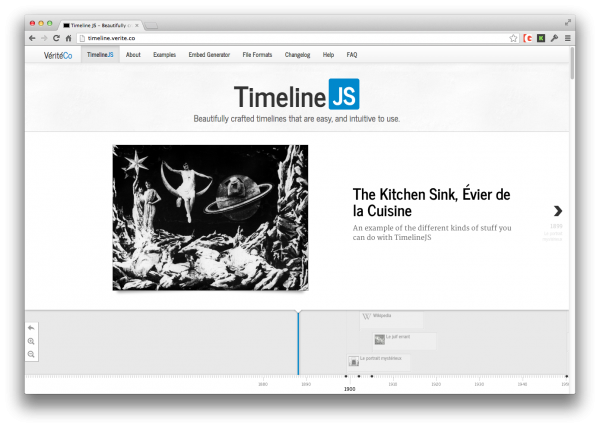While blogging is pre-eminently a textual form, in recent years the trend has been to tailor data presentation in order to make it easier to digest for readers.
Visualizations and infographics have become commonplace, both as a means of improving communication and as a way to attract traffic. Images tend to have higher click-through and sharing rates on social media, and web pages that incorporate rich media attract higher levels of visits and interactions.
That’s not to say that throwing a couple of quickly created graphs and tables into a post will improve it; nor will simply transferring your text into an image with a bunch of arrows to connect paragraphs that would have been just as clear if they’d been a normal blog post.
As with everything on the Internet, thought and planning culminating in high-quality, interesting and original content is the way to go. A poor post with thin content isn’t going to be much improved by transforming it into a bad infographic, but a good post can be enhanced significantly with the thoughtful use of charts and data visualizations.
For many of the best vizualization and infographics tools, we have to look outside of the WordPress ecosystem to the thriving market of web sites and tools that allow site developers to embed visualizations in their pages.
We’re going to have look at 3 tools that will help you communicate with your readers using beautiful and clearly comprehensible images rather than boring lists of numbers and blocks of text.
1. Google Chart Tools
Google Chart Tools implements a JavaScript interface for the Google Charts API. It’s a great way to add a range of different chart type, but it does require some tangling with JavaScript to get the charts onto a page.

Fortunately, there’s a WordPress plugin from ChartBoot that makes the job much simpler.
2. Infogr.am
Infogr.am is a tool for generating both charts and infographics. It’s still in beta, so the range of themes is fairly limited, but there are plans to add a store where users can buy extra themes and other customizations.
With Infogr.am, you can create a comprehensive range of charts by starting with a theme and then inputting your own data.
The charts themselves are good looking, and can be shared on social media or embedded in a blog page with an HTML snippet. It’s also possible to attach a range of social sharing buttons from all the major social networks, making it easy for users to share your creation with their contacts.
3. TimelineJS
TimelineJS is a nifty tool for creating interactive timelines. Timelines can embed rich media, including images and videos from all the major sharing services, including Youtube and Flickr.
Timelines are generated using data from Google Spreadsheets, and can include maps using the Google Maps API. Once you’ve created your timeline, you can embed it with an HTML snippet on your site. There’s a plugin for WordPress, which will let you embed timelines with a shortcode, but in our experience, it’s just as easy to use the embedding snippet.
Do you have a favorite data visualization tool? If you do and we haven’t mentioned it, feel free to let us know in the comments.


2 Comments